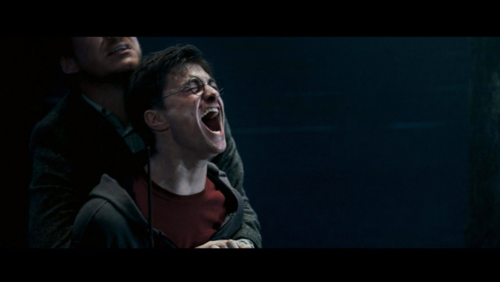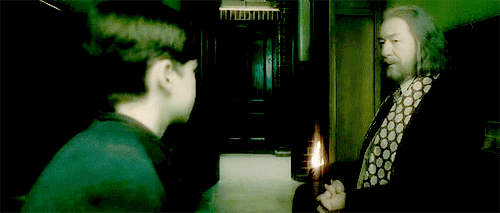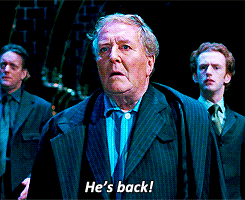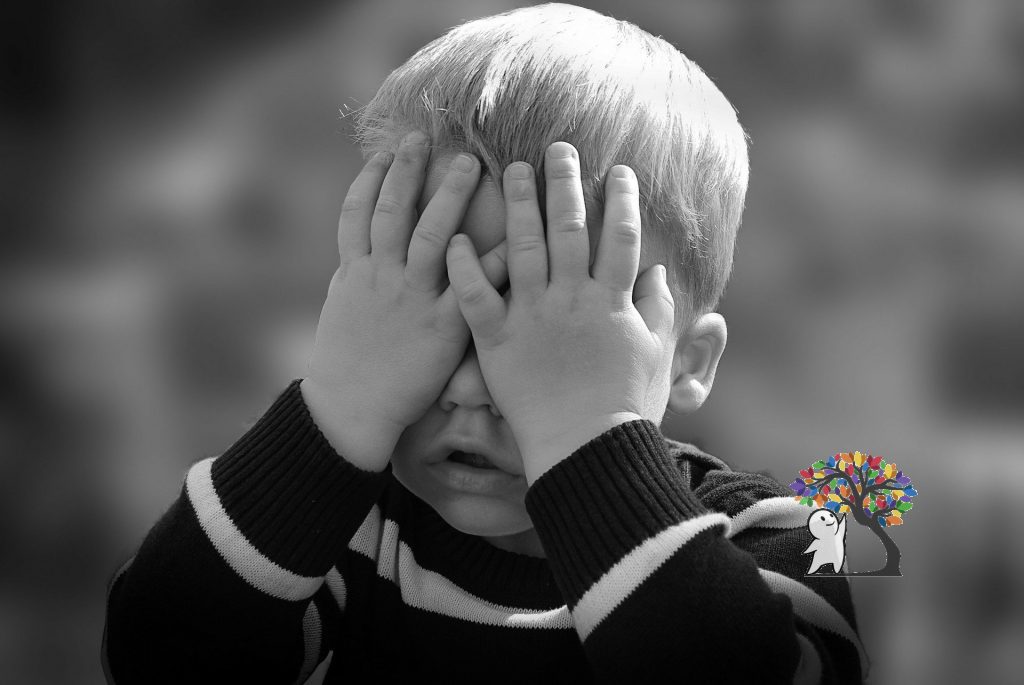10 Psychological Lessons we can Learn from the Harry Potter Series

While watching the movies and reading the books (and fanfiction?) about our favorite wizard is already amazing and fun in its own right, there is also a lot of Harry Potter Psychology to be found in the books. In this article we will discuss some of the psychology we can find in the Harry Potter series. There is much more to be found than you might think at first glance. Which ones did you know about and which ones were new?
disclaimer down below
- The Hogwarts Houses system can enhance a social tribal effect (which isn’t always a good thing).

Particularly when groups face prejudice, it can strengthen their group feeling. For example, there is quite an amount of prejudice against some of the houses, perhaps against Slytherin in particular. If they feel the psychological weight of that, they are more likely to stick together in an “us” vs “them” sense. This makes them very loyal to their ingroup (as opposed to the outgroup). An ingroup is a group of which an individual would identify themselves as being a member of. This effect can also be applied to larger groups outside of the books, such as people of a different nationality nowadays.
People have a great tendency to crowd together in social groups, but in certain ways it can be strengthened, which can have both positive and negative consequences.
-
Beloved house-elf Dobby inspired a psychological concept.

The beloved character we first meet in Harry Potter and the Chamber of Secrets, has had a concept named after him. The Dobby Effect (Nelissen and Zeelenberg, 2009), defines a concept where children or people of other ages over-correct themselves (rightfully or not) after committing a wrong. Guilt can be a good thing, as it can us morality. However, the Dobby Effect shows us that guilt can also take on overly large proportions, and can be harmful too. When discussing the Dobby Effect, people talk about how guilt can invoke self-punishment.
-
Harry Potter shows some tell-tale signs of PTSD.

Post-Traumatic Stress Disorder, or PTSD, might occur after a traumatic event. This can occur after things such as witnessing or experiencing a terrorist attack, a kidnapping, or suffering childhood abuse. That Harry exhibits traits of this, can be considered quite fair. Particularly when you think about what he has gone through just before and during his childhood in the Dursley household, and what he goes through during the second Wizarding War. Some symptoms include reliving events (e.g. through nightmares, flashbacks), having difficulty talking about the traumatic event(s), feeling keyed up or, irritable and jittery (source symptoms).
-
Rita Skeeter, the gossip columnist, can serve as a metaphor for Anxiety.

What anxiety often does is turning relatively little things into big, worrying, scary problems. What Rita Skeeter does is turn tiny things into massive over-exaggerated headline stories that are not realistically based on what is actually happening.
-
Ron Weasley suffers from Arachnophobia, which he shares with J.K. Rowling. (source)

When the spiders become more and more common in the story, particularly during Harry Potter and the Chamber of Secrets, Ron confesses that he’d rather follow the butterflies.
Support our Patreon for access to exclusive content and chances to win free stuff!
-
When young, still going by Tom Riddle, Voldemort already showed signs of classic tropes and stereotypes of serial killers and criminals.

Many interesting sections of Harry Potter and the Half-Blood Prince are dedicated to building a psychological profile of Voldemort. What made him so evil? How did he end up the way he did? As Harry Potter follows private lessons with Dumbledore, they sift through memories of people who had some connection to Voldemort. Some of the stereotypes they find are his loner nature, bullying other children. Furthermore, a strong belief in his own surperiority, a lack of empathy for others and torturing animals. It’s not to say that everyone who exhibits one or more of these characteristics is or becomes a serial killer, but these are some early signs of Voldemorts danger. (source)
- Draco’s journey shows us that Nurture isn’t everything. (for more information see Nature/Nurture)

from an unused Deathly Hallows scene 
We do not always turn out the way we expect to. Draco undoubtedly has nasty things during the story. However, who might have guessed that the childhood bully would turn out quite mature? He moved beyond a part of the prejudice he grew up with. And though the scene didn’t end up in the final cut, he throws Harry the wand at the end of Harry Potter and the Deathly Hallows. You can’t help but feel a little emotional. It’s also a very interesting character arc.
-
Cognitive Dissonance can put a whole society in danger.

When Minister Fudge denies the return for Voldemort as a result of, for example cognitive dissonance, the wizarding community is endangered. How this happens can be found in our feature article “Harry Potter and the Theory of Cognitive Dissonance”.
-
Divination professor Sybill Trelawney exhibits tell-tale signs of Generalized Anxiety Disorder.

… jittery most of the time, thinking in doom and disaster scenarios, and an immense fear of being judged. These are just a few, but there are others. If you like these points, we could write a feature article on any of them. Which would you like to see? Let us know down below.
-
Parasocial (one-way) interaction with fictional characters can actually be very supportive during a healing process.

People have often stated how the deaths and the subsequent grief in Harry Potter has helped them with their own cases of grief. Furthermore, people cite the fact that it gives them a different context but also something to relate to as comforting and empowering. Also the quotes from characters such as Dumbledore have been described as providing support.
Which of these would you like us to write a stand-alone article on?
Support our Patreon for access to exclusive content and chances to win free stuff!
All Rights Reserved.
Harry Potter and all recognizable quotes and elements from the Harry Potter series belong to J.K. Rowling and Warner Bros. All image credit goes to the respective owners.
Disclaimer: non of these points are meant to generalize or diagnose any of the mentioned individuals with any sort of mental health problem.
You might also like: 11 things people with depression would like others to understand.
Sources
Nelissen, Rob MA, and Marcel Zeelenberg. “When guilt evokes self-punishment: Evidence for the existence of a Dobby Effect.” Emotion 9.1 (2009): 118.



[…] 10 Psychological Lessons we can Learn from the Harry Potter Series […]
[…] 10 Psychological Lessons we can learn from the Harry Potter series […]
Harry Potter and Psychology, both of them are my passion. I was overwhelmed when I saw that this article tried to co relate psychology with the world’s one of the most celebrated series, harry potter. But I expected that this article would come up with a psychological profile of Severus Snape. If possible then I would request to publish an article about this topic.
I would love to see more about the parasocial interactions with fictional characters!
I read somewhere he has depression. Personally, I think he is a more realistic example of an abused person who never got help than Harry is. About house system: yes, likeminded people grouping together is fine, but hostility and prejudices for other cliques is not, especially the way Gryffindors and Slytherins are supposed to be natural enemies. I liked about the fanfiction “The best revenge” that Harry had a group of best friends, one from each house. It didn’t lump all the good guys into Gryffindor, either, whether they actually fit there or not.